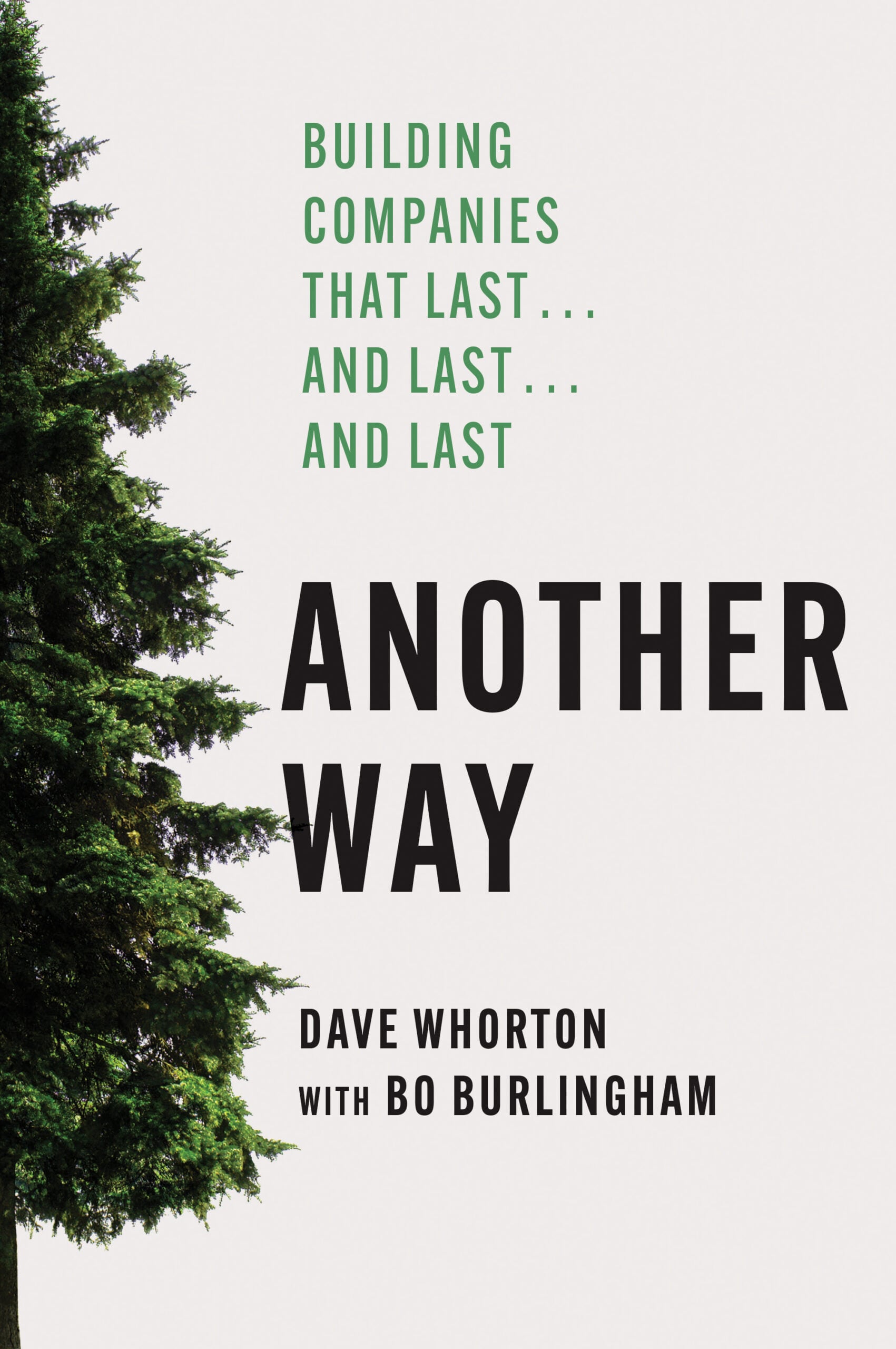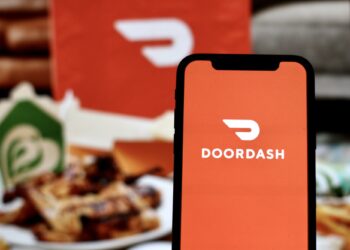In 1997, Robert Pasin, the grandson of Radio Flyer founder Antonio Pasin, became company CEO. He put into practice manufacturing changes while refocusing Radio Flyer’s internal efforts on product development. The company also became very serious about making itself a great place to work and was repeatedly recognized as such by media outlets.
Those were the two Ps— Pragmatic Innovation and People First policies— that I wanted to delve into when we took about 50 members of Tugboat Institute on an exemplar visit to Radio Flyer. On the first matter, what struck me was something that Radio Flyer did not have, a product picker.
In Silicon Valley, there had been a mystique about product pickers—people with the uncanny ability to identify new products that would have mass appeal. Steve Jobs was the quintessential example. PalmPilot and Handspring creator Jeff Hawkins, whom I had worked with at Good Technology, was another. It’s a rare thing because it’s quite hard to nail what customers will want once, never mind again and again. I experienced this in my time with board games when I was on the Cranium board while at TPG.
#mc_embed_signup{background:#fff; false;clear:left; font:14px Helvetica,Arial,sans-serif; width: px;}
/* Add your own Mailchimp form style overrides in your site stylesheet or in this style block.
We recommend moving this block and the preceding CSS link to the HEAD of your HTML file. */
(function($) {window.fnames = new Array(); window.ftypes = new Array();fnames[0]=’EMAIL’;ftypes[0]=’email’;fnames[1]=’FNAME’;ftypes[1]=’text’;fnames[2]=’LNAME’;ftypes[2]=’text’;fnames[3]=’ADDRESS’;ftypes[3]=’address’;fnames[4]=’PHONE’;ftypes[4]=’phone’;fnames[5]=’MMERGE5′;ftypes[5]=’text’;}(jQuery));var $mcj = jQuery.noConflict(true);
Radio Flyer’s chief innovation officer, Tom Schlegel, explained the company’s product selection process. He showed us a slide with images of products— wagons, tricycles, collapsible stuff, and so on— and a line dividing them right down the middle. He challenged us to explain how those on one side were different from those on the other.
We couldn’t do it. Individual products certainly were different, but as groups, the two batches looked the same. So, Schlegel explained. He pointed to the batch on the left side of the line. “The ones on this side were all extremely successful, our bestsellers.” He then pointed to the other side. “The ones on the right were complete failures.”
Radio Flyer had replaced a product picker with a system that reminded me of the innovation process I’d learned about at SAS Institute— digging a lot of little holes. Robert’s metaphor was seeds. “ We’ve got to plant a lot of seeds because we don’t know which ones are going to take root and grow up to be a successful product.” The company would roll out low- cost prototypes of new products to customers, retailers, and distributors with the aim of getting some market feedback before ramping up production and investing in inventory.
Mike Maples on Pattern Breakers: Why Some Startups Change the Future
Robert confessed that the system was fallible. Sometimes the early market test suggested a winner that subsequently flopped. Other times, apparent duds were shut down, but maybe they would have bucked the market test. They would never know. What Robert did know, he said, was that “whenever we’ve had such a strong opinion about a product that we decided to disregard early warning signs from the market, we were almost always disappointed. Those failures brought us back to the importance of having a replicable process not dependent on any one human being.”
Radio Flyer’s chief people officer, Amy Bastuga, explained how the company developed the practices that turned it into a “best place to work.” She brought to life for us the dozens of techniques the company uses to foster a team mentality among employees. It reminded me of something that Kleiner Perkins partner Will Hearst (now chairman of the Hearst Corporation) had told me years before, that the competitive advantage that people underestimate is the accumulation of the thousands of little things that a company has learned to do well, things that it’s impossible to replicate in a startup that hasn’t even had time to establish a system.
It struck me that I was seeing exactly what Will had talked about in Radio Flyer’s hundreds of People First practices. They included the tiniest details. How were new employees greeted when they showed up for their first day on the job? What was sitting on their desks? What happened in the first week? How were they evaluated? Robert brought out a couple of very large corkboards covered with documents describing every aspect of the employee experience that Radio Flyer practices. He gave our members copies to use however they saw fit. “Just take off the Radio Flyer logos,” he said, “but feel free to plagiarize them as much as you like.”
In the time we spent with Robert, I couldn’t help noticing the deep connection he felt with his grandfather, Antonio, who had taken all the risks involved in building the company in the 1920s and 1930s. One of the biggest was an exhibit he created for the 1933 “Century of Progress” World’s Fair in Chicago. With help from a friend, he constructed a 45-foot-high “coaster boy” pulling a giant Radio Flyer wagon. It was so expensive that if it hadn’t brought in a significant amount of new business, the company probably would have folded. Fortunately, it was one of the most popular exhibits at the fair, where visitors could buy miniature Radio Flyers for 25 cents.
Clearly, Antonio Pasin was not only a craftsman but also a natural marketer. His grandson is as well. I could see that he regards Radio Flyer as a trust of which he is now steward. It’s as if, in addition to his ownership, he has a responsibility to uphold the honor of something that is part of his family’s heritage and his own identity.
More Ps: Private. Purpose. Perseverance.
Reprinted by permission of Harvard Business Review Press. Excerpted from Another Way: Building Companies That Last… And Last… And Last by Dave Whorton with Bo Burlingham. Copyright 2025 Dave Whorton. All rights reserved.
The post Radio Flyer: A Case Study in Pragmatic Innovation and People First appeared first on StartupNation.






